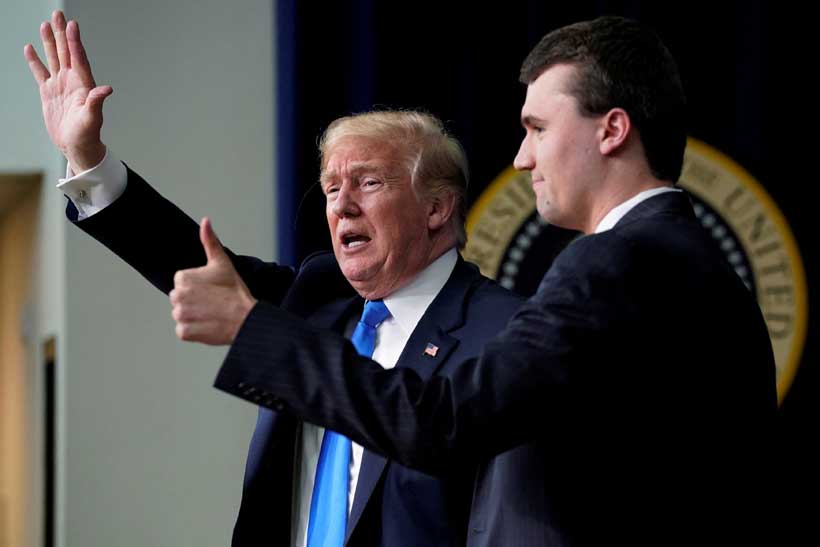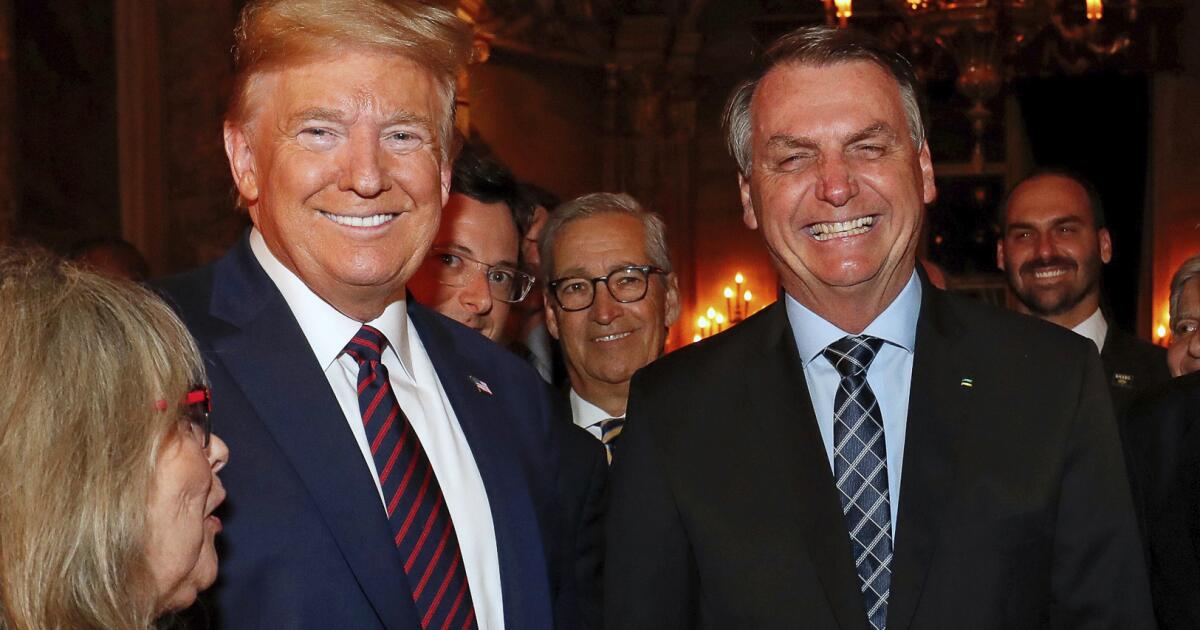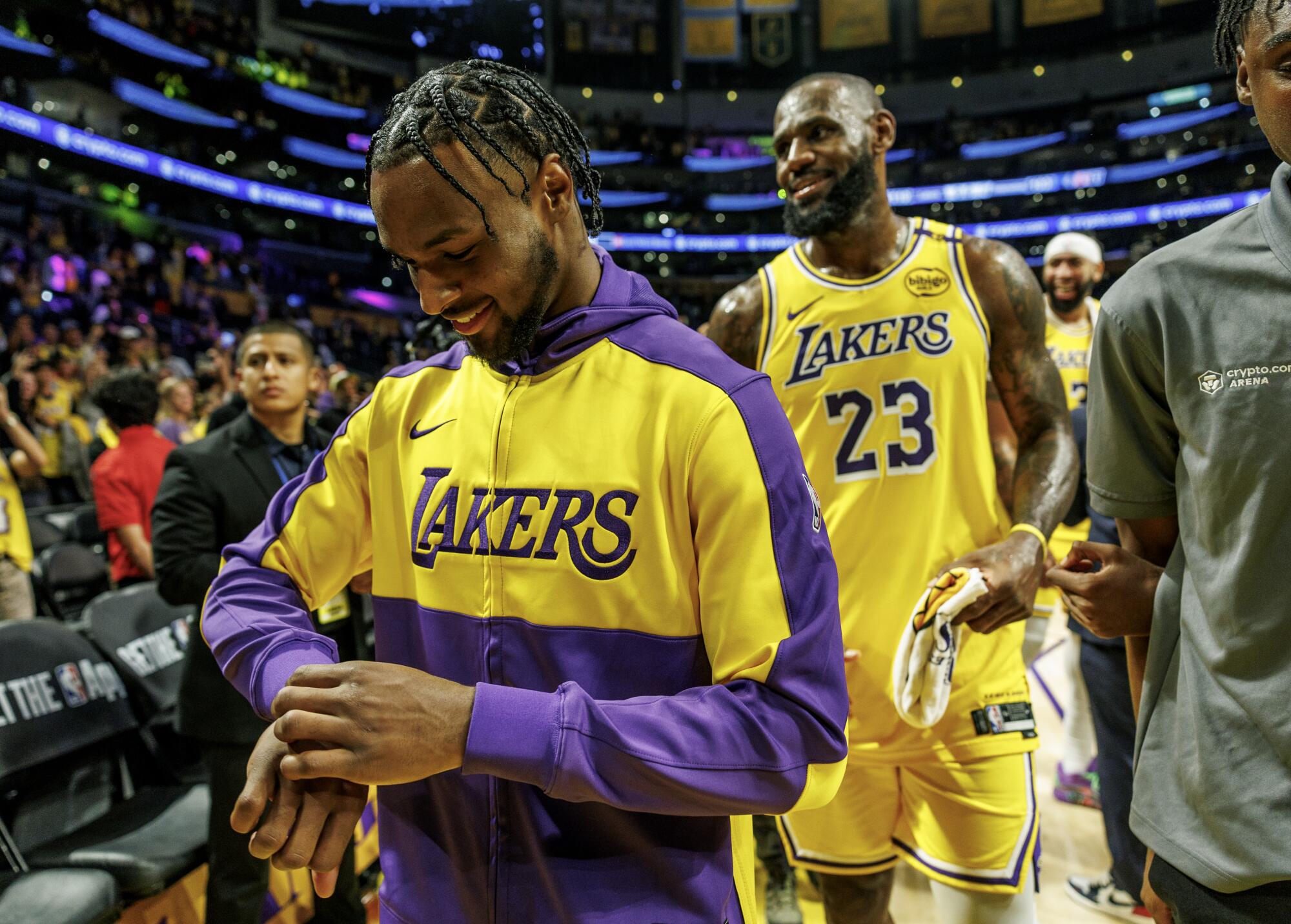Contributor: Four votes on Tuesday that will shape the nation (or at least the narrative)
Tuesday is election day, and, as usual, the pundits are breathless, the predictions are dubious and the consultants are already counting their retainers. But make no mistake: Off-year elections matter. Tuesday’s results will shape the political landscape for 2026 and beyond.
Let’s start in California, where Gov. Gavin Newsom has decided to fight Texas Republican gerrymandering with a little creative cartography of his own.
Proposition 50, which began as the “Election Rigging Response Act,” wouldn’t just help level the playing field by handing Democrats five House seats; it would also boost Newsom’s presidential ambitions. Polls suggest it’ll pass.
When it comes to elections involving actual candidates, the main attractions are in New York, New Jersey and Virginia.
In the New York City mayoral contest, Zohran Mamdani — a 34-year-old democratic socialist who seems like the kind of guy who probably buys albums on vinyl — is leading both former Gov. Andrew Cuomo (running as an independent) and Republican Curtis Sliwa.
National Republicans are already making Mamdani the avatar of everything Fox News viewers fear.
President Trump went so far as calling Mamdani a “communist” and threatening to send in the troops if he wins.
One thing is for certain: Mamdani is already a symbol. If he wins, he’ll be evidence for progressives that politics can still be interesting, exciting and revolutionary. To conservatives, he’ll be evidence that Democrats have gone insane.
If you’re paying attention, these arguments are not mutually exclusive.
Across the Hudson, New Jersey Democratic Rep. Mikie Sherrill (whose resume includes having been a naval officer and a federal prosecutor) is a very different kind of politician — the “I’m a competent adult, please clap” variety.
Her gubernatorial opponent, Jack Ciattarelli, is an ex-state legislator who radiates the kind of energy usually found at bowling alleys and diners. He’s the grandson of Italian immigrants, the son of blue-collar workers and the spiritual heir of every guy in a tracksuit yelling at a Jets game.
Ciattarelli came dangerously close to winning the governorship in 2021, which should be cause for concern for Sherrill, who’s sitting on a slim lead.
The main problem for Ciattarelli is Trump, who, despite his bridge-and-tunnel aesthetic, does more harm than good in a state that hasn’t voted for a Republican president since 1988.
Trump’s termination of the Gateway Tunnel project didn’t help either. It’s one thing to be loud and populist; it’s another to cancel something that would make voters’ commutes slightly less horrible.
Speaking of commutes, a few hours south, down I-95, Virginia will also elect a new governor. Here, Democrat Abigail Spanberger — former CIA officer, former U.S. representative, professional moderate — is coasting toward victory against Republican Winsome Earle-Sears, the lieutenant governor.
Earle-Sears, a Marine, trailblazer and gadfly, is about to add “failed gubernatorial candidate” to her resume.
Her biggest headline was firing her campaign manager (a pastor who had never run a campaign before), which sounds like a metaphor for today’s GOP. Her best attack on Spanberger involved attempting to tie her to something someone else (the Democratic attorney general nominee) did (sending a violent text about a Republican politician).
Virginia has a history of electing governors from the party that opposes the sitting president, and Trump’s DOGE cuts (not to mention the current government shutdown) have outsize importance in the commonwealth.
Depending on how things shake out in these states, narratives will be set — storylines that (rightly or not) will tell experts and voters which kinds of candidates they should nominate in 2026.
For example, if Mamdani, who represents the progressive wing, wins, but Sherrill and/or Spanberger lose, the narrative will be that cautious centrism is the problem.
If the opposite occurs, the opposite narrative (radicalism is a loser!) will take root.
The postmortems write themselves: “Progressive Resurgence,” “Year of the Woman” and/or “The Return of the Center.” The problem? It’s unwise to draw too many conclusions based on Tuesday’s election results.
First, it’s misguided to assume that what works in New York City could serve as a national model.
Second, even if Sherrill and Spanberger both win, it’s impossible to know if they simply benefited from 2025 being a good year for Democrats.
Still, what happens on Tuesday will have major repercussions. Within a day of the election, everyone with a stake in the midterms and future elections will claim the outcome means what they want it to mean. Within a week, narratives will have congealed, while heroes and scapegoats will have been assigned.
And the rest of us will be right here where we started — anxious, exhausted — and dreading the fact that the 2026 midterm jockeying starts on Wednesday.
Matt K. Lewis is the author of “Filthy Rich Politicians” and “Too Dumb to Fail.”






